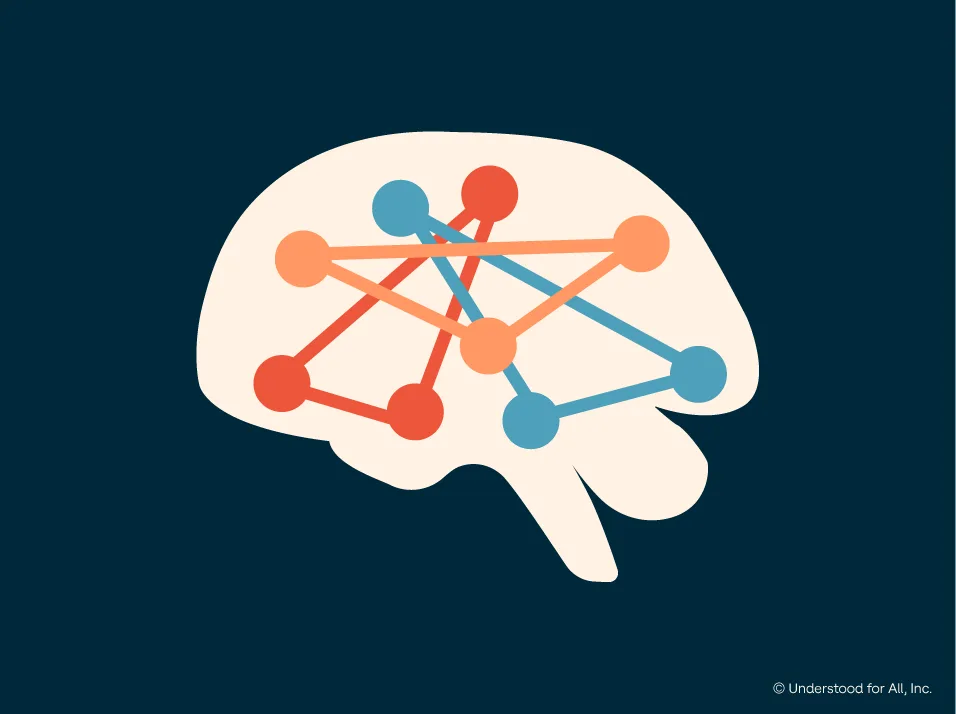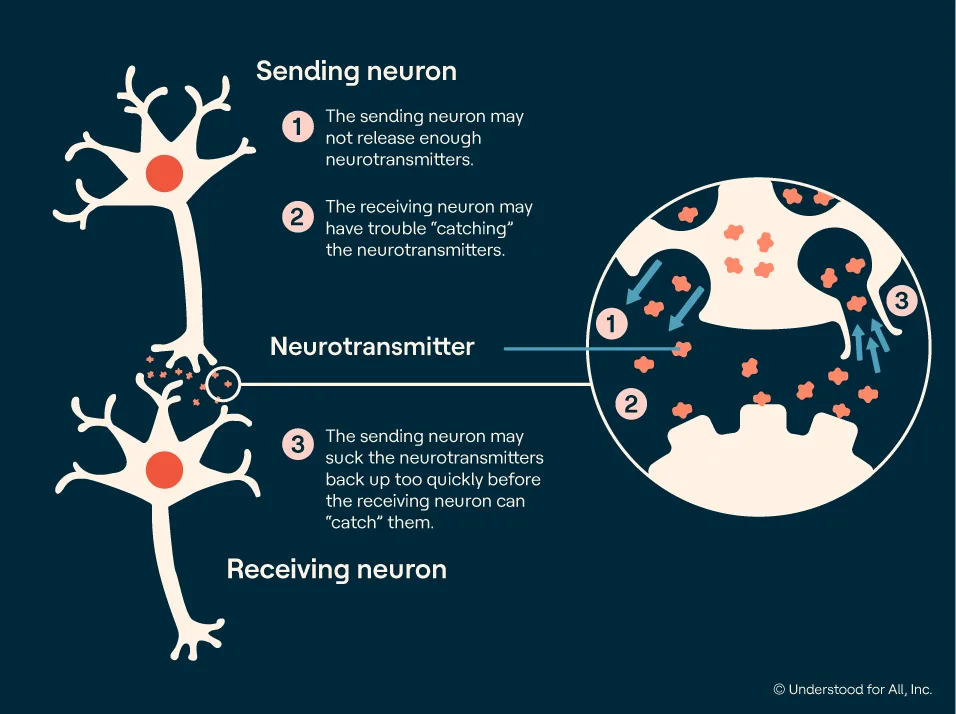ADHD and the brain
Researchers are learning more and more about brain development and ADHD. Differences in the brain make it harder for people with ADHD to work on a task unless they’re really interested in it. It’s not a matter of being lazy or not being smart.
Learn more about the ADHD brain.
Brain structures take more time to develop.
Research shows that some parts of the brain tend to be a little smaller and/or take longer to mature in kids with ADHD. This doesn’t mean kids with ADHD aren’t smart. It means parts of their brain take longer to develop.

These lags happen in parts of the brain’s self-management system. This includes structures that play key roles in emotional control and a skill called working memory.
By young adulthood, these brain structures tend to be similar in size to those in adults without ADHD. This doesn’t mean ADHD goes away after the teen years, though. The symptoms of ADHD may change as kids get older, but ADHD is lifelong.
Brain networks have trouble shifting gears.
Brain structures need to work together to do things like shift focus or read or write. Different parts of the brain are connected by networks of neurons (brain cells).

Some neural networks take longer to develop or may be less efficient in kids with ADHD. One example is the “default mode network.” It plays a key role in resting the brain. In kids with ADHD, the brain takes longer to “switch off” activity in the default mode network when they need to focus on something.
ADHD affects other pathways too, like the fronto-parietal network. It plays a key role in making decisions and learning new tasks. (That’s why it’s often called the “executive control circuit.”) Differences in this and other neural networks may help explain ADHD symptoms like mind-wandering and trouble with impulse control.
Brain chemicals may struggle to get the message across.
Brain networks are made up of brain cells that pass information along from neuron to neuron. To do this, the tail end of one neuron releases tiny amounts of chemicals called neurotransmitters. These chemicals have to cross a small gap — called a synapse — to get to the tip of the next neuron.
ADHD can affect this process in a few ways:
The sending neuron may not release enough neurotransmitters.
The receiving neuron may have trouble “catching” the neurotransmitters.
The neurotransmitters may get sucked back up by the sending neuron too fast, before a good connection is made with the receiving neuron.

For many people with ADHD, treatment can improve these connections. Tapping into people’s interests can help too.
Brain researchers are learning more and more about ADHD. But keep in mind we haven’t yet reached the point where brain scans can be used to diagnose people with ADHD. Learn how kids are evaluated for ADHD, and how it’s diagnosed in adults.


